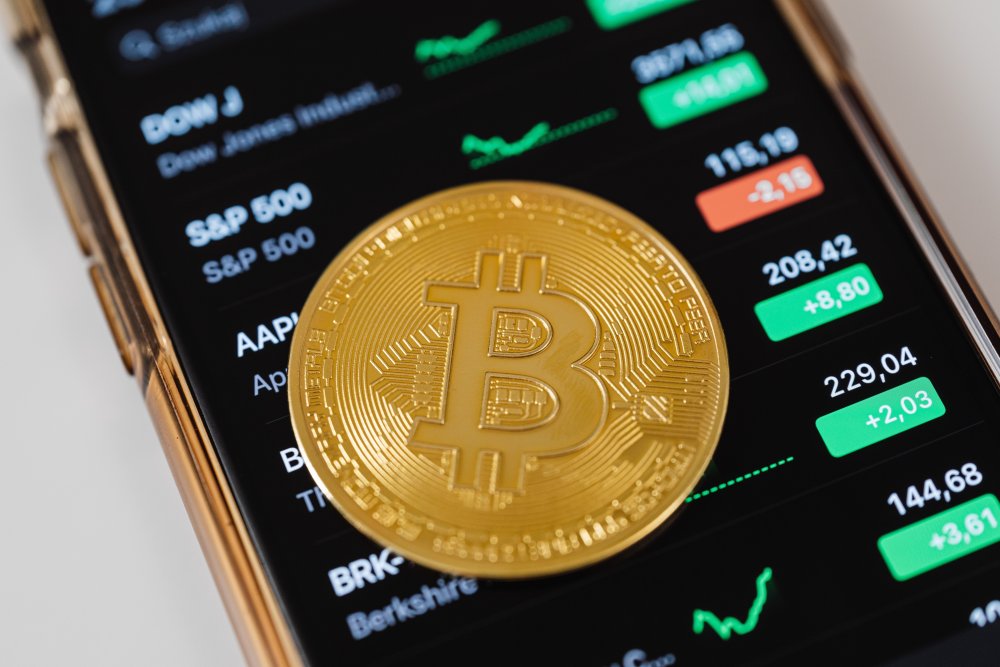What is a tokenized asset?
A tokenized asset is a special kind of token issued on a blockchain (usually Ethereum, although other options are possible). The price of such a token is pegged to the rate of some other asset — it can be a stock, an exchange index, a derivative, a commodity, a forex pair, a bond, a cryptocurrency, etc. Thus, from the point of view of income from the difference in rates, it does not matter what to buy and sell - the underlying asset or a token. Needless to mention, tokenized assets can be issued both by the issuer of the underlying asset and by a third party. For example, a company can offer a tokenized version of its corporate bonds, but nothing prevents a crypto exchange from tokenizing, say, shares.
What is the advantage?
While speaking about the profit of these assets, tokenized assets have several important advantages over buying traditional assets or cryptocurrencies:
- Accessibility for all. To invest in tokenized shares and tokenized bonds, you do not need to enter into a trust management agreement with a bank or deposit a large amount: just $10 is enough. All that is required is to register on the crypto platform and go through the identification and verification of the identity.
- Minimum costs. The costs of buying and selling tokens are limited by the standard trading commission of the site.
- Suitable for both medium-term investment and for making money on exchange rate changes. If you wish, you can hold tokens for weeks: the additional costs are small (especially compared to the commission that banks charge for trust management). On the other hand, they can be sold at any time to lock in profits. If desired, tokens can be bought and sold even several times a day.
- The ability to choose. Tokenized stocks, oil, gold, indices, etc. all have the same format, work in the same way, and are available within the same interface. Thus, it is possible to build a truly diversified portfolio consisting of stocks, cryptocurrencies, commodities, etc.
Features of tokenization
A distinctive feature of tokenized assets is that it is not the asset itself that is tokenized, but the difference between the purchase price of the contract and the price at the time of sale. Essentially, an investor's gain or loss is equal to the change in the price of an asset between buying and selling.
This approach has two key advantages over traditional asset trading:
- the possibility of trading with leverage (leverage). Leverage is the funds that a trader borrows from an exchange to enter into larger transactions, maximize profits, and/or use a smaller percentage of equity;
- the ability to trade short, to earn on falling rates, and not just on their growth.
Unlike a barrel of oil or a bar of gold, tokenized assets are easy to buy and sell on their own, they can be traded with leverage and short, choose from a wide range of assets of various categories, etc.
The advantage of trading tokenized contracts over trading derivatives with brokers is that on the same platform, you can earn on both tokenized assets and cryptocurrencies. For example, you can buy Bitcoin, Ethereum, Cardano, Polkadot, etc. You don’t need to constantly switch from a crypto exchange to a broker’s platform.
Variety of tokenized assets
The crypto market is constantly growing. Startup investors have poured a staggering $94 billion into emerging companies in the web3 ecosystem. Hundreds of stocks are traded on stock exchanges, and hundreds of currency pairs are traded on the forex market. To this number, it is worth adding a variety of commodities: metals, agricultural products, fuel, and so on. Let's not forget about stock indices, which are different in each country. Finally, there are derivatives for cryptocurrency pairs, which are difficult to even count. So far, crypto exchanges offer about 60 types of tokenized assets:
- Commodities: oil, gas, gold, silver;
- Currency pairs: EUR/USD, GBP/USD, USD/CAD, GBP/JPY, etc.;
- Stocks: Apple, Microsoft, Alphabet Inc. (Google), Facebook, IBM, EPAM, and other tech companies, as well as Covid-19 vaccine makers Pfizer, Johnson & Johnson, and Moderna, among others.
- Cryptocurrency pairs: BTC/USD, BTC/EUR, ETH/USD, ETH/EUR, etc.;
- Stock indices: S&P 500, DOW JONES, NASDAQ, etc.
- In the future, some sites have added or plan to add several dozen new assets every month. As for leverage, it depends on the type of assets (the greater the volatility, the lower the leverage):
- Cryptocurrencies: 3x;
- Shares: 5x;
- Commodities: 25-100x;
- Stock indices: 100x;
- Forex: 500x.
It should be emphasized that both leverage and short positions are tools designed for experienced traders. For beginners, the risks of trading tokenized contracts with leverage are too high. However, if you already have trading experience and you are good at handling the amount that you are not afraid to lose, tokenized assets are an interesting option, suitable both for making money on price fluctuations and for medium-term investment.
Summing up, tokenized assets are a new trend and their market continues to grow. Revenue in the Cryptocurrencies market is projected to reach US$37.87bn in 2023, according to Statista.
Published: 07/28/2023

